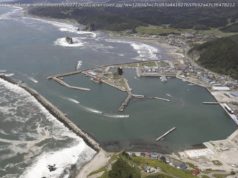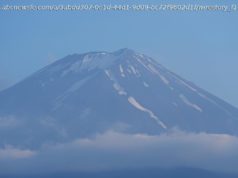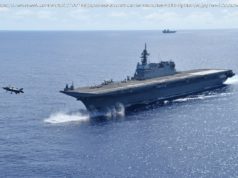The US air raid killed up to 100,000 Japanese people, most of them civilians, signaling an escalation in WWII tactics.
In the opening scene of Hayao Miyazaki’s latest semi-autobiographical film, „The Boy and the Heron,“ fighter planes drop bombs on Tokyo, setting the city ablaze.
The movie begins in 1943, two years after the Pearl Harbor attack that catalyzed US involvement in World War II. The Pacific War, as the theater of the war fought in eastern Asia and its surrounding regions was called, saw Allied powers pitted against Japan and resulted in millions of casualties on both sides.
Massive air raids over Japan, like the one portrayed in the movie, were key to the Allies‘ fighting tactics.
One 1945 air raid on Tokyo became the deadliest bombing raid in human history — its death toll exceeding those of the infamous atomic bombings of Hiroshima and Nagasaki that effectively ended the war later that year.Operation Meetinghouse
In the early hours of March 10, 1945, 279 American B-29 bomber planes swept low over Tokyo, dropping close to 1,700 tons of incendiary bombs on the sleeping city below.
Code-named Operation Meetinghouse, the attack was an escalation of previous air raids on Japan, which had begun in June 1944. In those early attacks, the US Army Air Force relied on a precision bombing campaign targeting Japanese industrial facilities, but they were generally unsuccessful.
Start
United States
USA — Japan The WWII Tokyo firebombing was the deadliest air raid in history, with...






